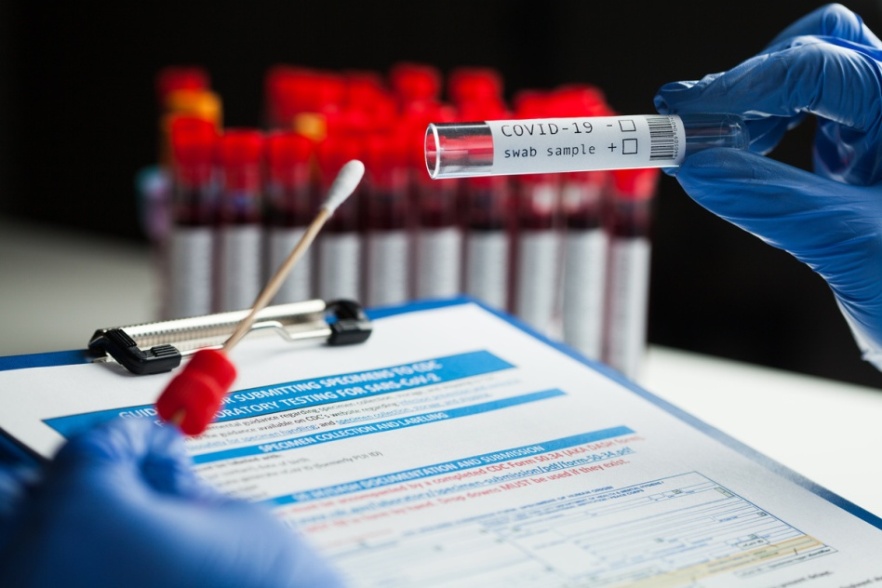REAL TIME PCR TESTS
PCR means polymerase chain reaction. It’s a test to detect genetic material from a specific organism, such as a virus. The test detects the presence of a virus if you have the virus at the time of the test. The test could also detect fragments of the virus even after you are no longer infected.
The polymerase chain reaction (PCR) test for COVID-19 is a molecular test that analyses your upper respiratory specimen, looking for genetic material (ribonucleic acid or RNA) of SARS-CoV-2, the virus that causes COVID-19. Scientists use the PCR technology to amplify small amounts of RNA from specimens into deoxyribonucleic acid (DNA), which is replicated until SARS-CoV-2 is detectable if present. The PCR test has been the gold standard test for diagnosing COVID-19 since authorised for use in February 2020. It’s accurate and reliable.


There are three key steps to the COVID-19 PCR test
Sample collection: A healthcare provider uses a swab to collect respiratory material found in your nose. A swab is a soft tip on a long, flexible stick that goes into your nose. There are different types of nose swabs, including nasal swabs that collect a sample immediately inside your nostrils and nasopharyngeal swabs that go further into the nasal cavity for collection. Either type of swab is sufficient for collecting material for the COVID-19 PCR test. After collection, the swab is sealed in a tube and then sent to a laboratory.
Extraction: When a laboratory scientist receives the sample, they isolate (extract) genetic material from the rest of the material in the sample.
PCR: The PCR step then uses special chemicals and enzymes and a PCR machine called a thermal cycler. Each heating and cooling cycle increases (amplifies) the amount of the targeted genetic material in the test tube. After many cycles, millions of copies of a small portion of the SARS-CoV-2 virus’s genetic material are present in the test tube. One of the chemicals in the tube produces a fluorescent light if SARS-CoV-2 is present in the sample. Once amplified enough, the PCR machine can detect this signal. Scientists use special software to interpret the signal as a positive test result.
